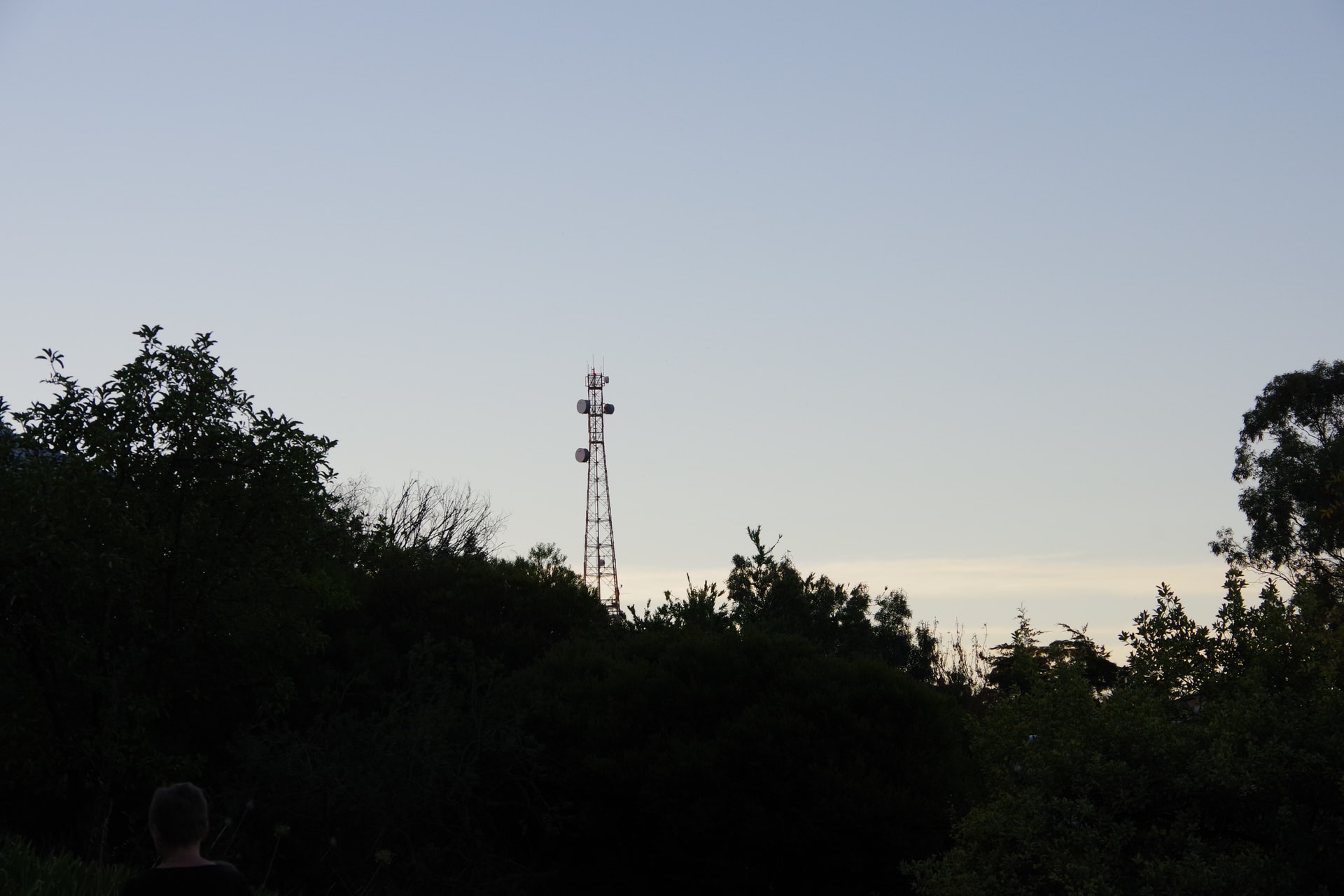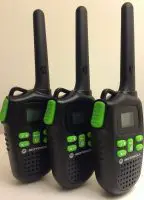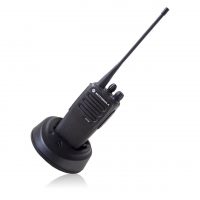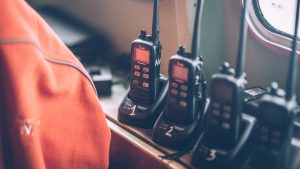Whether you are someone who goes camping regularly with friends, the manager of a warehouse, the boss of a construction company, or a soldier in the military, radios are a vital piece of communications equipment, running on one of several services. One of these services is MURS.
The Multi-Use Radio Service (MURS) is a license-free radio service running on the VHF spectrum used primarily by the general public for personal use or for business. MURS radios have a short range of 1.5 miles with average conditions.
A radio is an essential piece of equipment, regardless of who you are and where you use it. Keep reading to learn the basics of what MURS is, how it works, how it’s different from other services, its limitations, and more.
Table of Contents
What is MURS?
MURS stands for Multi-Use Radio Service. We’re not talking about the radio you turn on in the car or your bathroom. This is a communications radio.
What’s the difference?
The difference is that the type of radio that the general public operates, and that you and I are most familiar with, can only receive radio wave transmissions while MURS and other radio services are able to receive as well as transmit. This has given them the nickname of RT radios, for “receiving & transmitting.”
The MURS service was created by the FCC (Federal Communications Commission) in 2000 for civilian use for either personal or business purposes.
It operates under “license by rule,” meaning it is not necessary to distribute a license to a user of the general public for the use and operation of a CB (citizen band) or R/C (radio control) service in order to assign particular frequencies, hours of operation, or output power.
Essentially, that means that you are not required to have license in order to operate a MURS radio. Before the ‘80s, civilians were expected to aquire special licenses until the FCC determined there was no fear of overuse of the spectrum or interference with other spectrums.
How Does MURS Work?

MURS operates with 5 VHF frequencies on which the personal or business communication is transmitted on:
- 151.820 MHz with Authorized Bandwidth of 11.25kHz (Channel 1)
- 151.880 MHz with bandwidth of 11.25kHZ (2)
- 151.940 MHz with bandwidth of 11.25kHZ (3)
- 154.570 MHz (business band) with 20.00kHZ of bandwidth (4)
- 154.600 MHz (business band) with 20.00kHZ of bandwidth (5)
VHF stands for Very High Frequency and uses the radio band frequency spectrum of 30–300 MHz. Usually it falls between 151 – 154 MHz. It’s not the most powerful radio on the market. It only transmits with 2 watts of power maximum.
How is MURS Different?
Aside from MURS, there are a number of other radio services. Some of these services include:
- GMRS – requires a license in order to use a GMRS frequency
- PMR
- FreeNet
- FRS
- NOAA
- MMRs
As a radio intended for the general public, MURS will not have the greatest anything, except cost. It won’t have the farthest range, it won’t be the most durable – though durable enough, and there will be plenty of restrictions regarding use. Let’s get into it.
Power
As with all electrical devices, MURS frequencies require and transmit power. For MURS, there is only a 2 watts max transmission power allowed. In other words, these radios cannot transmit more than 2 watts of power. This means that a MURS radio has a smaller range than a GMRS (another public RT radio), which use between 1-5 but can use up to 50 watts of power.
Range
The difference in each radio service’s power creates a difference in range. The more watts a radio service uses during transmission, the farther the range it has. However, the geography, general landscaping, and even weather of the area you use it in will also affect the range.
For instance, a MURS handheld radio can have a clear signal with the following ranges:
- 3 miles of range on a clear day and with a clear path
- 1.5 miles under normal conditions
- 0.5 miles in forested areas.
To increase the range, MURS radios will often come with detachable antennas.
NOAA radios have a considerably larger range of approximately 40 miles on even terrain thanks to their 1000 watts of power.
Purpose
The difference in power (and therefore range) is associated with each service’s purpose. FRS, the Family Radio Service, with only half a mile of transmission range because it was intended for users in close range, such as family members who need communication throughout the house when there’s no service.
GMRS (General Mobile Radio Service) are also known as a “Class A citizens band.” They run on the same spectrum as FRS, but will most likely use either the positive or negative waves, while FRS use the other to prevent cross signals.
MURS were intended primarily for any personal or business work performed within 3 miles of the users in a setting where cell phone use is impossible or not allowed, usually outdoors or any workplace.
What is the Best Use for MURS?
Because it uses the VHF frequency spectrum they are recommended for use with the following scenarios:
- Warehouses, where cell phones can be distracting and a hazard
- Contruction zones where quick communication is necessary
- Schools among guards and employees for safety
- Farms among farmworkers and ranch hands who need the range
- Campers and hikers who need a reliable source of communication for safety
With their shorter range from the weather communications system NOAA, but farther range than the family radios, they are excellent for all of the above. Since they also function on 5 VHF frequencies, it’s simple to use the same radios for several teams.
Conclusion
As an essential communications device for areas or emergencies where cell phone is isn’t an option, MURS radios are the best option for the general public. There’s no license, good range, and attainable prices. That’s not bad for safety.





